Lineage of TV tuner devices
There has been lots of change recently in relation to TV tuners, with the technologies becoming available over the last 3 years or so shown below. The first USB 2.0 TV tuners were a little bulky but quite elegant as they could just about run on the power from a single USB port, were fast enough to transmit uncompressed video, and were more shielded from interference than internal tuner cards. The latest transition to smaller size and support for more TV standards is due to the advent of silicon tuners to replace traditional "can" tuners. Also there has been legislation in the US at least, to enforce that all tuners sold, support their new digital TV standard, so generally the new smaller tuners support both analog and digital TV.
 |
→ USB chipsets |
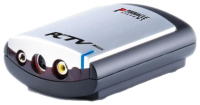 |
→ silicon tuners |
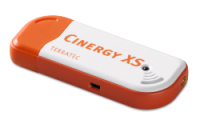 |
Supported TV standards
The original USB TV analog tuners required variants for the different analog TV standards used throughout the world. Generally there were both NTSC or PAL/SECAM variants sold, as these colour standards are usually transmitted using systems with different frequencies.The new silicon tuners like the XC3028 and XC5000 support all frequencies, and hence the new USB tuners support most analog broadcast standards used in the world. The situation is different unfortunately with digital TV. While the silicon tuners support all common digital standards (DVB-C, ISDB-T, DVB-T, ATSC), the demodulators available do not. Again one generally gets 2 variants of the new tuners. The one for the US contains for example the LGDT330x demodulator to support ATSC and DVB-C (clear QAM), and elsewhere a ZL10353 would be used to support the DVB-T standard. There is also a new empia device with a Micronas DRX-K demodulator to support the DVB-T and DVB-C combination.
There are many EM28XX based devices but specific examples I've tested are the Equinux tubestick hybrid manufactured by Empia for the US market and the Cinergy Hybrid T USB XS FM for elsewhere. Both of these support FM radio and composite video input in addition to TV and have hardware de-interlacing. Note again that these devices support analog TV almost anywhere but digital support is restricted to the orange and blue areas in the map below.
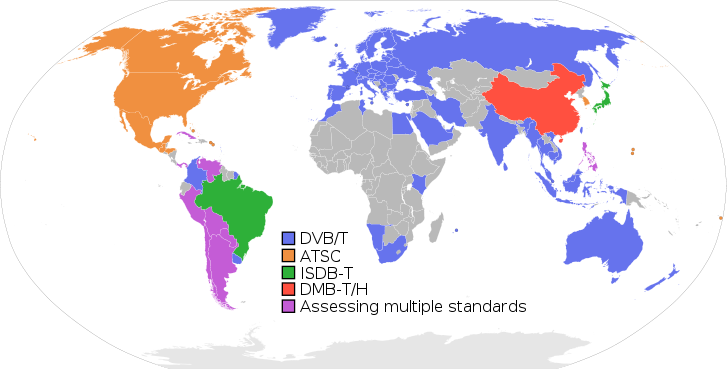
Linux software support
Support is very good for Empia based devices at least. Personally I use them with this kernel driver. While it's open source, there are a few issues with it being merged into the official kernel tree unfortunately, but I expect them to be resolved soon, especially as these devices become more popular. There are a few applications to play TV & radio like vlc, mplayer, tvtime and kaffine. These currently need small patches to support all the device features.A very interesting combination due to the very small size of the new USB TV devices is using them with netbooks. Terratec mention this combination of their device with an Asus Eee PC, and using the QT based kaffine player, as shown below
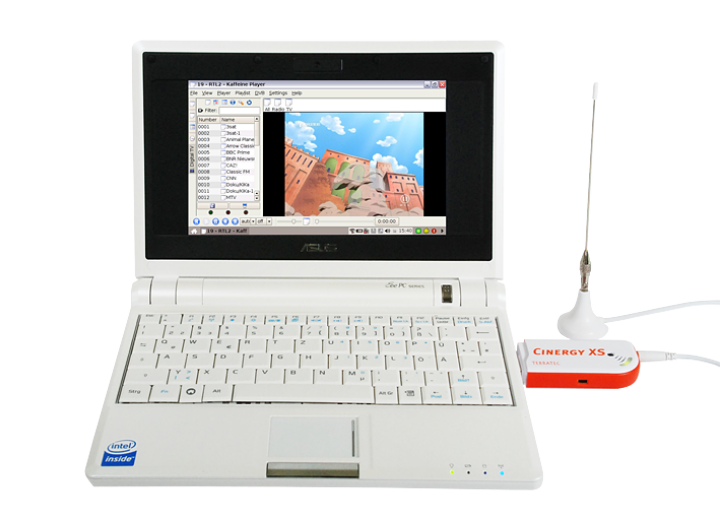
Asus have also noticed the potential and have contracted Empia to create a better integrated application. This GTK+ application shown below supports scanning for channels (especially important for mobile devices), simultaneous playing of analog and digital channels (including ISDB-T), and uses negligible CPU on an eeePC 700 (600 MHz CPU) at least. It's closed source at present, but hopefully they'll see the light.
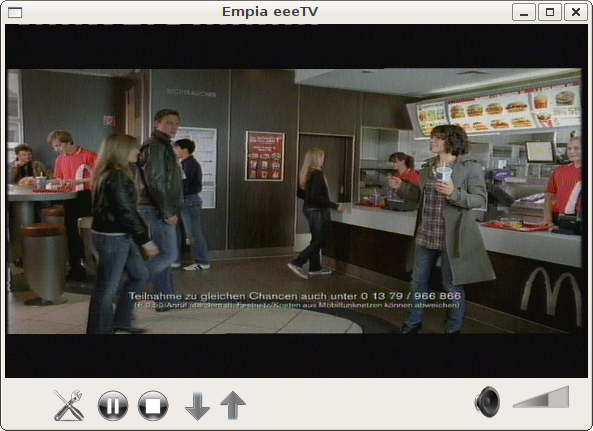
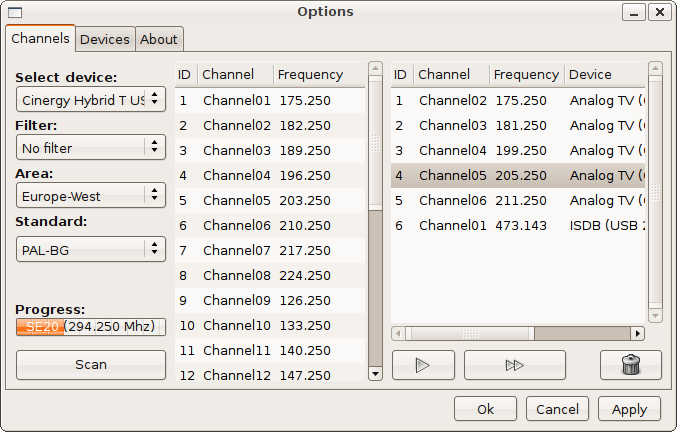
The fact that Asus have commissioned this application, and that Empia already provide the integrated webcam used in Asus netbooks, suggests to me that Asus are going to bring out an eeePC variant with integrated Empia TV tuner. Perhaps there will be a builtin aerial which would be especially plausible with digital TV given its much lower reception power requirements compared to analog TV.